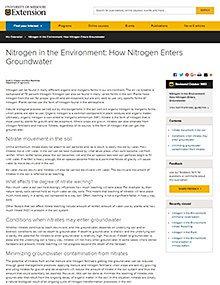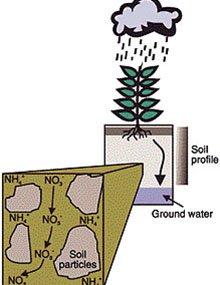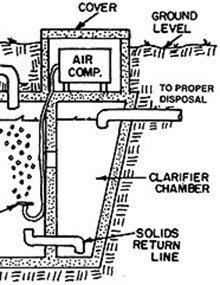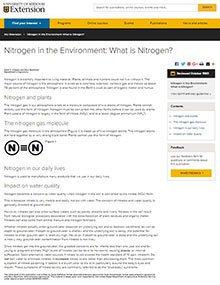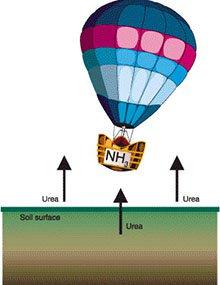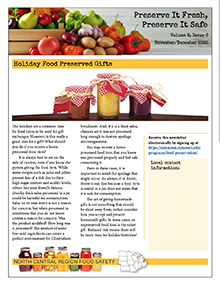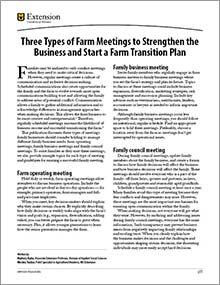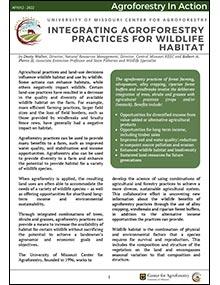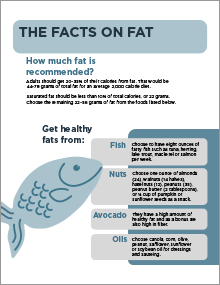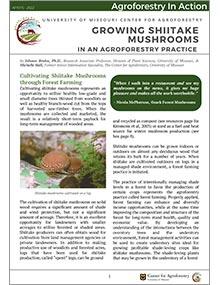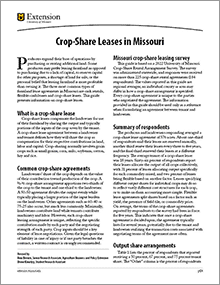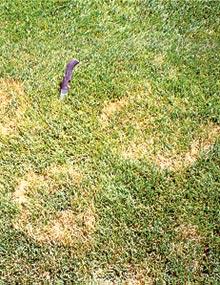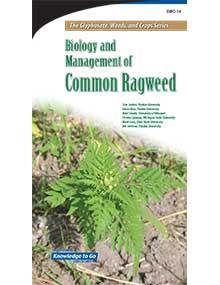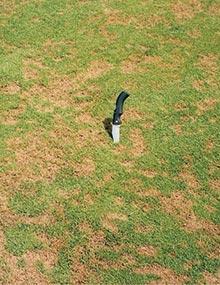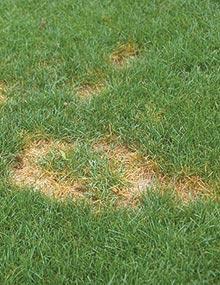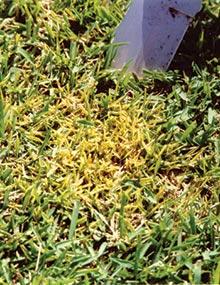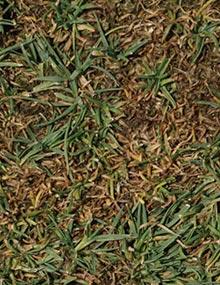Nitrogen in the Environment: Leaching
Reviewed
Nitrate leaching can have a direct impact on water quality. Visit our site to view our Nitrogen in the Environment: Leaching resource.
Sewage Treatment Plants for Rural Homes
Reviewed
Rural residents often must rely on individual waste treatment systems. Learn about the features and functions of an individual plant or package treatment system for handling residential sewage in this guide.
Nitrogen in the Environment: Ammonia Volatilization
Reviewed
Ammonia gas can be lost from the soil and return to the atmosphere. Visit our site to learn about Nitrogen in the Environment: Ammonia Volatilization.
Nutrient Bar Graph Cards
New $30
This publication comprises 8½×11-inch cards for more than 40 different foods. Each card includes a large colorful bar graph that displays the percent daily value for many of the nutrients found in a food.
Three Types of Farm Meetings to Strengthen the Business and Start a Farm Transition Plan
New
Use operating, business and family council meetings to build a culture of communication and inclusive decision-making in your family business. Find guidelines for running a successful family meeting, and when to use different meetings in this publication.
Integrating Agroforestry Practices for Wildlife Habitat
Revised
Learn how to incorporate management of trees, shrubs and grasses with your current farm practices to benefit white-tailed deer, eastern wild turkey, bobwhite quail, waterfowl and mourning doves.
The Facts on Fat Handout (Bundle of 25)
Revised $12
This handout explains how much dietary fat is recommended daily and provides a list of foods with healthy fats. It also discusses saturated fat and provides tips on limiting it.
Tiger Card (Bundle of 50)
Reviewed $26
Editor’s note
The following abstract describes a publication that is only available for purchase.
Economic Budgeting for Agroforestry Practices
Revised
See the steps and examples you can follow to develop enterprise budgets, create a cashflow plan and estimate economic indicators for agroforestry practices.
Growing Shiitake Mushrooms in an Agroforestry Practice
Revised
Cultivating shiitake mushrooms represents an opportunity to utilize healthy low-grade and small-diameter trees thinned from woodlots as well as healthy branch-wood cut from the tops of harvested saw-timber trees. When the mushrooms are collected and marketed, the result is a relatively short-term payback for long-term management of wooded areas.
Crop-Share Leases in Missouri
Revised
Producers expand their base of operations by purchasing or renting additional land. The three most common types of farmland lease agreements in Missouri are cash rentals, flexible-cash leases and crop-share leases. This guide presents information on crop-share leases.
Identification and Management of Turfgrass Diseases, Page 14
Reviewed
Rhizoctonia zeae forms pink to orange bulbils (resting structures). The fungus has been observed with increasing frequency since the early 2000s.
Biology and Management of Common Ragweed
Reviewed
Editor’s note
The following abstract describes a publication that is only available as a downloadable PDF.
Identification and Management of Turfgrass Diseases, Page 17
Reviewed
Pythium foliar blight is one of the most feared turfgrass diseases, because the disease develops rapidly during periods of high temperature and high relative humidity. If left untreated, extensive loss of turf can occur in a few days.
Biology and Management of Horseweed
Reviewed
Editor’s note
The following abstract describes a publication that is only available as a downloadable PDF.
Identification and Management of Turfgrass Diseases, Page 20
Reviewed
Summer patch, sometimes referred to as frogeye patch, is a destructive disease of Kentucky bluegrass maintained for golf course fairways, green surrounds, parks and residential landscapes
Identification and Management of Turfgrass Diseases, Page 23
Reviewed
Yellow tuft is a cool-season disease that is commonly observed on creeping bentgrass and intensively managed Kentucky bluegrass.
Identification and Management of Turfgrass Diseases, Page 03
Reviewed
Anthracnose basal rot is a destructive crown rotting disease of creeping bentgrass and annual bluegrass on putting greens. On mixed bentgrass/annual bluegrass putting greens, the causal fungus infects one species or the other but rarely both.
